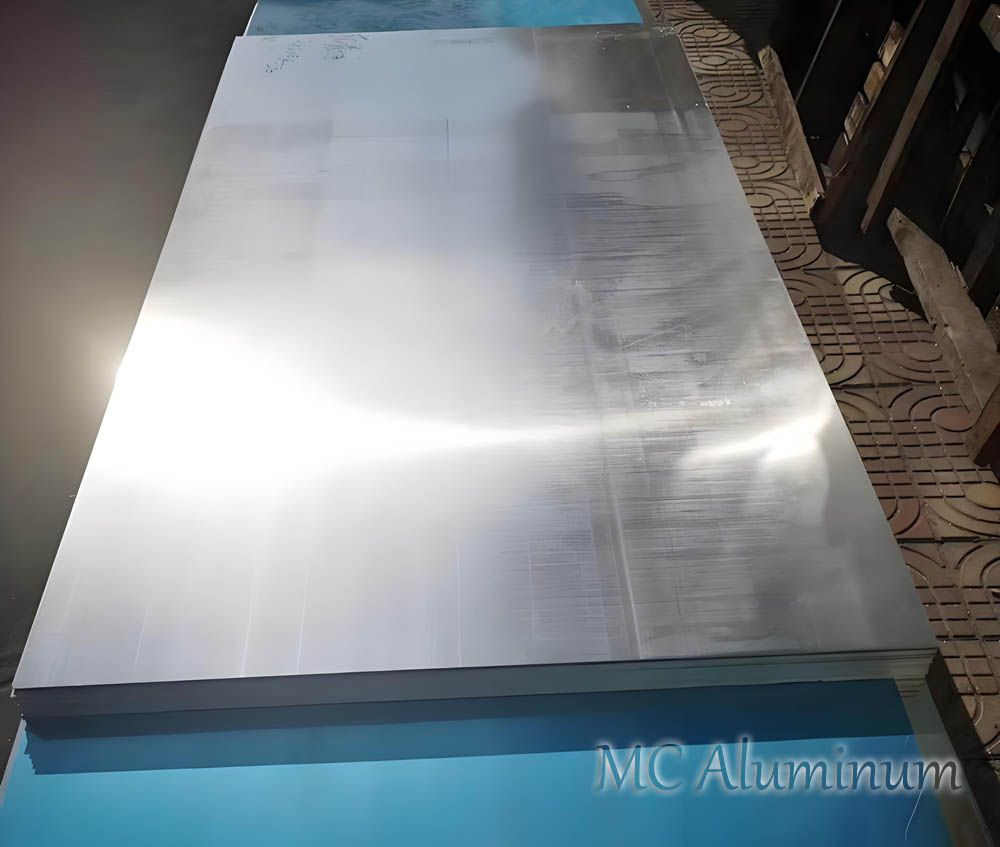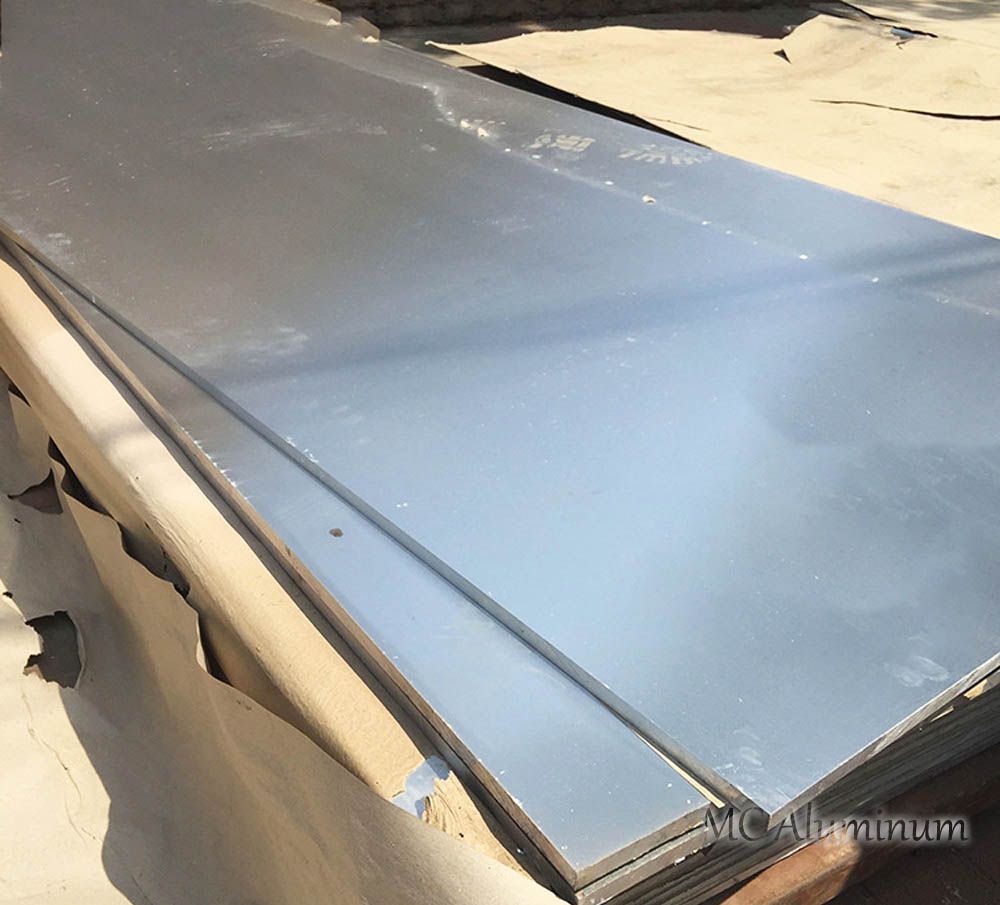Differences Between 5083 Aluminum Plate and 5086 Aluminum Plate
5083 aluminum plate and 5086 aluminum plate are both 5-series aluminum-magnesium alloys. The common temper states for these alloys include O, H32, H36, H38, H111, H112, H116, and H321. These 5-series aluminum-magnesium alloy plates are commonly used in applications requiring corrosion resistance and weldability, such as in automotive, shipbuilding, and marine environments. However, they differ significantly in terms of composition, properties, and uses. Below is a detailed comparison:

5083 Aluminum Plate vs. 5086 Aluminum Plate
1.Chemical Composition Comparison
Magnesium Content: The magnesium content of 5083 aluminum plate is 4.0%-4.9%, whereas the magnesium content of 5086 aluminum plate is 3.5%-4.5%.
Other Elements: Both alloys contain small amounts of manganese, chromium, and other elements. However, the higher magnesium content in 5083 gives it superior strength.
2.Mechanical Properties Comparison
Strength: 5083 aluminum plate has a higher strength, making it suitable for high-load applications (such as ship decks and LNG storage tanks). In contrast, 5086 aluminum plate offers better ductility, making it more suitable for structures requiring deep processing (such as industrial pipelines and oil tanks).
Corrosion Resistance: Both alloys exhibit excellent corrosion resistance. However, 5086 performs more stably when exposed to long-term humid environments.
Low-Temperature Performance: 5083 aluminum plate performs better in low-temperature environments (such as refrigerated vehicles and freezing equipment) due to its superior toughness.
Performance Indicators
| Property | 5083 H116/H321 Aluminum Plate | 5086 H116 Aluminum Plate |
| Tensile Strength (σb/MPa) | ≥270 (H321) | ≥240 |
| Yield Strength (σ0.2/MPa) | ≥110 | ≥95 |
| Elongation (δ10/%) | ≥20 | ≥10 |

3.Processing Characteristics Comparison
Weldability: Both 5083 and 5086 aluminum plates have excellent weldability. However, 5086 aluminum alloy has superior welding performance, with minimal strength loss after welding. This makes it ideal for more complex welded structures.
Surface Treatment: After anodizing, 5086 aluminum plate has a slightly better appearance than 5083.
4.Applications
5083 Aluminum Alloy: 5083 marine aluminum plate is widely used in shipbuilding, especially in areas requiring high strength and excellent corrosion resistance, such as ship hulls, decks, and offshore platforms. Due to its outstanding corrosion resistance, it is also used in high-end automotive industries and some specialized aerospace applications.
5086 Aluminum Alloy: 5086 marine aluminum plate is also used in shipbuilding and marine engineering but is better suited for less demanding environments or applications requiring stronger ductility and better weldability, such as the exterior shells, decks, and underwater structures of ships.
Conclusion
In summary, 5083 aluminum plate and 5086 aluminum plate have distinct differences in terms of composition, mechanical properties, and applications. 5083 is better suited for high-strength and high-corrosion-resistance applications, while 5086 is preferred for environments requiring good formability and welding characteristics.
MC Aluminum, as a leading aluminum plate manufacturer, excels in producing both 5083 and 5086 aluminum plates. Our products are stable, reliable, and widely used in various industries. We can provide customized production based on customer requirements and offer comprehensive service support. Our products are exported overseas and are highly regarded by customers worldwide. We welcome both new and existing customers to visit us.







Contact Us